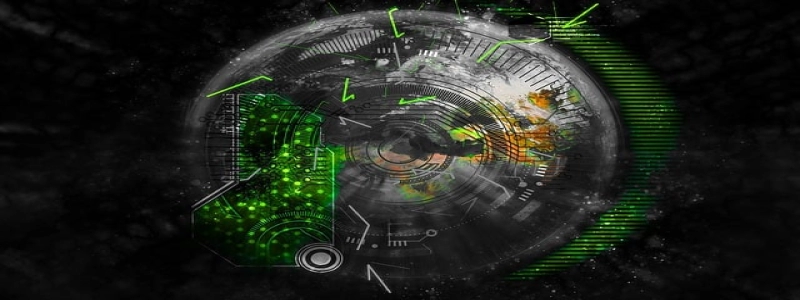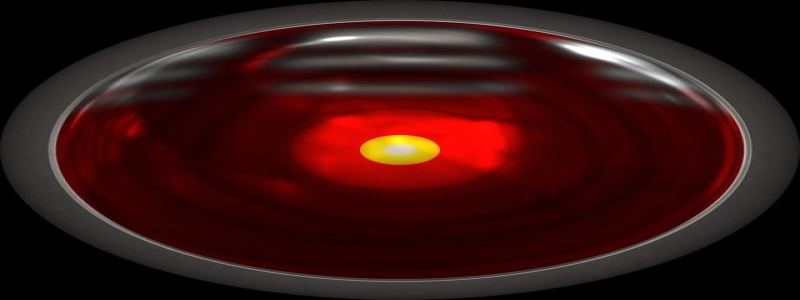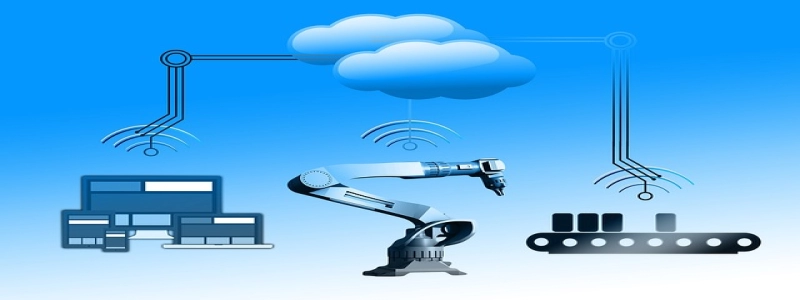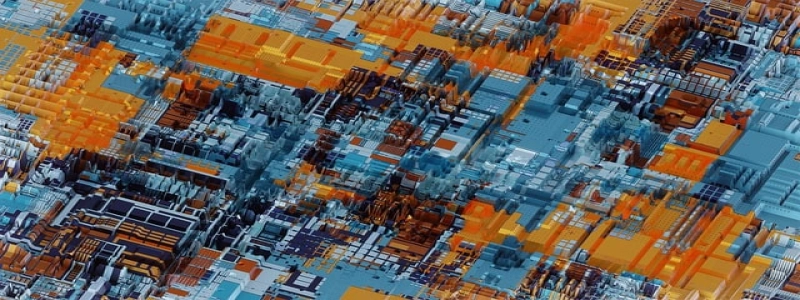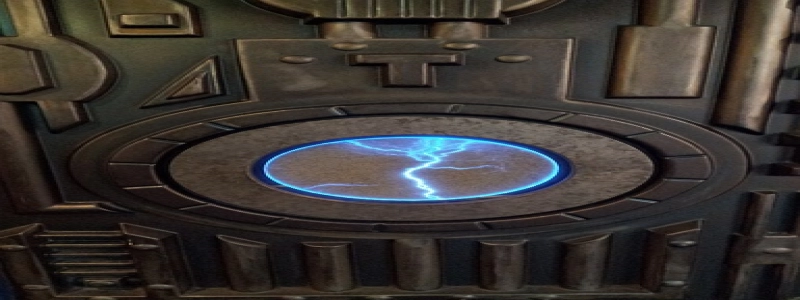Which Section in an Ethernet Frame
Introduction:
Ethernet is a widely used networking technology that allows devices to communicate with each other over local area networks (LANs). In an Ethernet network, data is transmitted in the form of frames. Each Ethernet frame consists of several sections, each serving a specific purpose in the data transmission process. In this article, we will explore the different sections of an Ethernet frame and their functions.
I. Preamble:
The preamble section is the first part of an Ethernet frame. It consists of seven bytes of alternating ones and zeros and is used to synchronize the receiving and transmitting devices. The preamble helps the receiving device identify the incoming frame and adjust its settings accordingly. It also allows devices to detect the presence of a collision, which occurs when multiple devices transmit data simultaneously.
II. Start Frame Delimiter (SFD):
Following the preamble, the Ethernet frame contains a one-byte Start Frame Delimiter (SFD). The SFD marks the end of the preamble and indicates the beginning of the frame’s actual data. It serves as a signal to the receiving device that the incoming data follows after the SFD.
III. Destination MAC Address:
The Destination MAC Address section is six bytes long and specifies the MAC address of the intended recipient of the frame. The MAC address uniquely identifies each network device, allowing the Ethernet switch or network interface card (NIC) to forward the frame to the correct destination on the LAN.
IV. Source MAC Address:
Similar to the Destination MAC Address, the Source MAC Address section is also six bytes long. It contains the MAC address of the device that originated the frame. This MAC address is used by the recipient to send a response or acknowledge the receipt of the frame.
V. EtherType or Length:
The EtherType or Length field varies in length depending on the Ethernet frame format in use. In Ethernet II, the EtherType field is two bytes long and specifies the protocol type of the data payload in the frame. In IEEE 802.3, this field is referred to as the Length field and indicates the length of the data payload in bytes.
VI. Data:
The Data section carries the actual data payload of the Ethernet frame. Its size can range from 46 to 1500 bytes, depending on the frame’s format. This section includes the network layer data, such as IP packets, that applications transmit over the network.
VII. Frame Check Sequence (FCS):
The Frame Check Sequence is a four-byte field that comes at the end of an Ethernet frame. It is used to ensure the data’s integrity during transmission. The FCS contains a cyclic redundancy check (CRC) value calculated based on the contents of the frame. The receiving device uses this value to verify whether any errors occurred while the frame was being transmitted.
Conclusion:
Ethernet frames consist of several sections, each playing a crucial role in the transmission and reception of data. From the synchronization provided by the preamble to the verification of data integrity using the FCS, every section serves a specific purpose. Understanding these sections helps network engineers and administrators troubleshoot and optimize Ethernet networks for efficient data communication.


